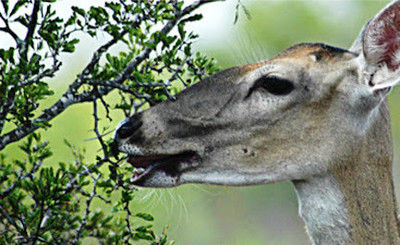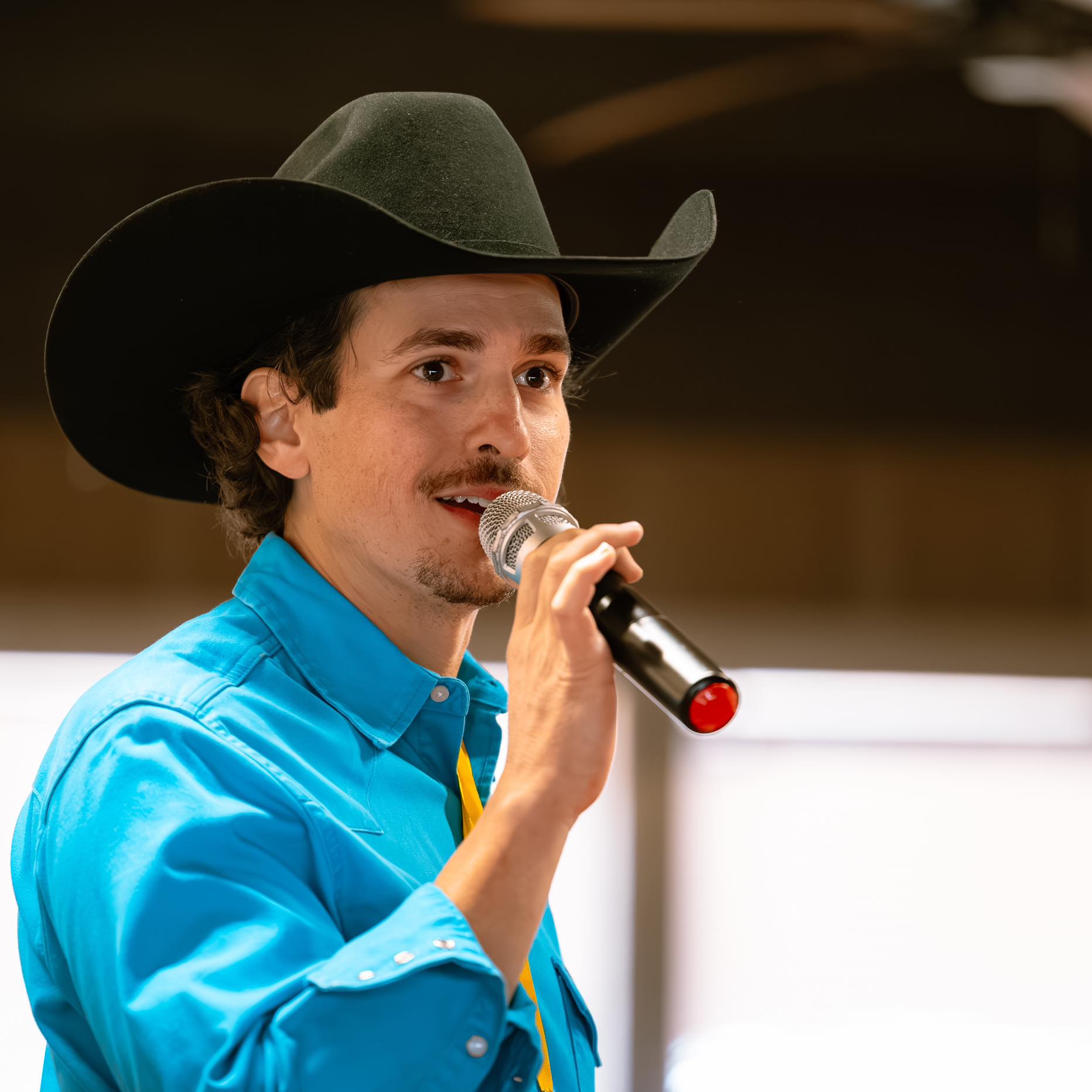Can Deer Be Used as a Tool for Browse Quantity and Quality?
Published 7:08 am Monday, January 2, 2017
PIERCE YOUNG/Caesar Kleberg Wildlife Research Institute
Trending
Biologists have debated for decades whether browsing by deer benefits or harms shrubs. Most research has shown that high deer densities have negative impacts on shrub growth. Results of these studies have caused deer managers to assume that as deer densities get lower, deer habitat improves. However, there is evidence that suggests medium deer densities may actually stimulate regrowth and nutrients of some shrubs. Studies to answer this question have been few and far between, so my colleagues and I studied shrubs that deer like to eat in South Texas to determine if they would produce more twigs and leaves that were higher in nutrients at medium deer densities than at lower or higher deer densities.
Browse is the twigs and leaves of woody vegetation, such as shrubs and trees, that are a large portion of a deer’s annual diet, especially when forbs are scarce. Forbs are broad-leaved plants, often called weeds, that lack woody stems and are highly nutritious for deer. When forbs are available, deer eat less browse, allowing shrubs to regrow leaves and twigs that were eaten. An idea in the scientific literature is that, unless browsing is excessive, some shrub species respond to browsing by replacing the twigs and leaves eaten by deer. Replacement of the material removed by deer browsing is termed compensatory growth, meaning the plant is compensating for what the deer removed. Shrubs may undercompensate, which means they were not able to regrow back to their original state. Browsing may also stimulate growth of twigs and leaves, similar to pruning a tree, resulting in overcompensation, meaning they were able to regrow beyond their original state. Shrubs may also respond to browsing by changing thorns, branching patterns, or nutritional quality.
From July 2014 to July 2015, I studied blackbrush acacia, twisted acacia, and spiny hackberry, 3 common shrubs browsed by deer in South Texas. I compared the physical (stem length, thorn density and length, and branching patterns) and chemical (digestible dry matter, digestible protein, and tannins) responses of these shrubs to 4 deer densities ranging from 0 – 192 deer/sq mi. The deer densities I report can be converted to deer densities obtained from helicopter surveys by dividing by 3, because only about a third of deer are seen during surveys. My study was conducted in 8, 200-acre research enclosures that each had a single centrally located supplemental feeder.
I originally speculated that shrubs would respond to browsing at medium deer densities by overcompensating, meaning browsing would stimulate greater stem growth and nutrients than occurs with no deer browsing or high deer browsing. After testing, overcompensation did not occur in blackbrush acacia or spiny hackberry, but did occur in twisted acacia. Also, there did not appear to be an optimum deer density that results in increased nutritional quality of these shrubs, because digestible dry matter and digestible protein did not increase nor did tannins decrease with deer density. Although stem length and nutritional quality did not increase with increasing deer density, they also did not decline as deer densities increased from 0 deer to 128 deer/sq mi. All shrub species were able to compensate for tissue removed by deer. However, at the highest deer density of 192 deer/sq mi, stem length declined in all shrub species. In addition, digestible protein declined in blackbrush acacia leaves in July and stems in October. These results suggest there were no negative effects of deer browsing on these shrubs until deer densities became higher than our medium density of 128 deer/sq mi (or 5 acres/deer, equivalent to 15 acres/deer in a helicopter survey).
In my study, branching of all 3 shrub species became denser up to a deer density of 128 deer/sq mi. Increased branching resulted because browsing activates buds that produce new branches. Increasing the number of branches or thorns reduces the openness of shrubs and limits access to vegetation within the inner portions of the plants, so the plants were reacting to greater browsing pressure by reducing the ability of deer to eat their twigs and leaves. Blackbrush and twisted acacia showed signs of stress in response to browsing at higher deer densities, because they were unable to further increase branch density. Spiny hackberry had longer thorns at 192 deer/sq mi; increasing number and length of thorns is another way shrubs attempt to deter deer. Spiny hackberry and blackbrush acacia both showed signs that browsing at high densities caused plant stress, because number of thorns was lower at 192 deer/sq mi than at lower densities. The trend for becoming less defended from browsing at the highest deer density may be an indication that the shrubs were attempting to trade resources used for defenses for stem regrowth instead.
I did a bite count survey to estimate how intensely deer were browsing shrubs in my study sites. Results of the survey indicated that as deer densities increased, stems being bitten also increased, so despite increases in physical defenses, deer still browsed these shrubs. The slender shape of a deer’s nose and mouth has evolved to enable the animal to reach within these branches and thorns to gain access to food within the canopies of plants. This explains why, despite the increased branching, stems being bitten continued to increase beyond 128 deer/square mi.
Trending
My study has shown that some shrub species are able to compensate and tolerate increases of deer densities to a threshold without undesirable effects on the physical structure or chemical composition of these shrubs, or the ability of deer to utilize and benefit from them. However, the changes in plant structure and composition between the medium and high deer densities in my study suggest that there is a maximum density of white-tailed deer for my study area that these shrub species can sustain even with supplemental feed. Instead of using traditional management that assumes that the lower the deer density, the lower the impact on the vegetation, it may be more efficient to manage for a moderate density of deer that optimizes browse quantity and quality by stimulating compensatory growth.
Author’s Note: Timothy Fulbright, Charles DeYoung, David Hewitt, and Don Draeger collaborated on this study. My research was funded by the Comanche Ranch, T. Dan Friedkin, the Faith Ranch, and the Stedman West Foundation.







